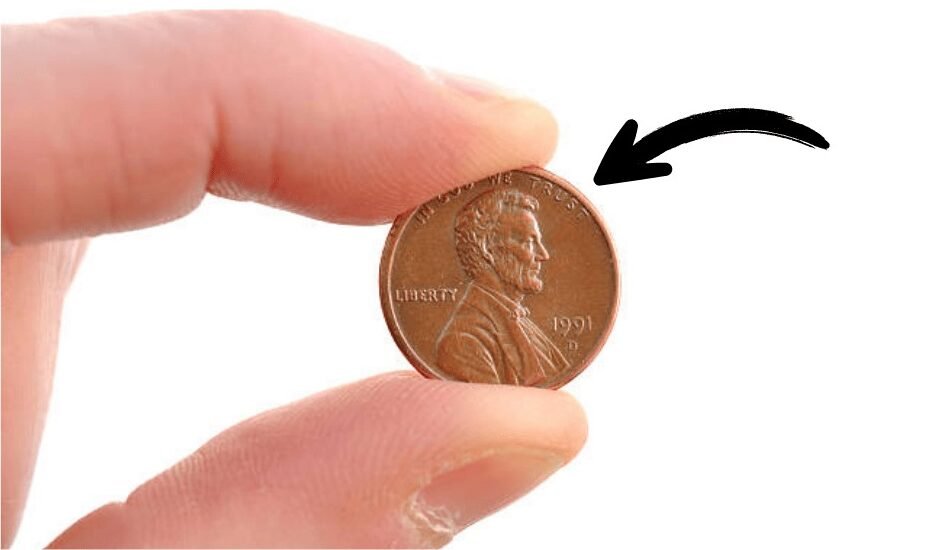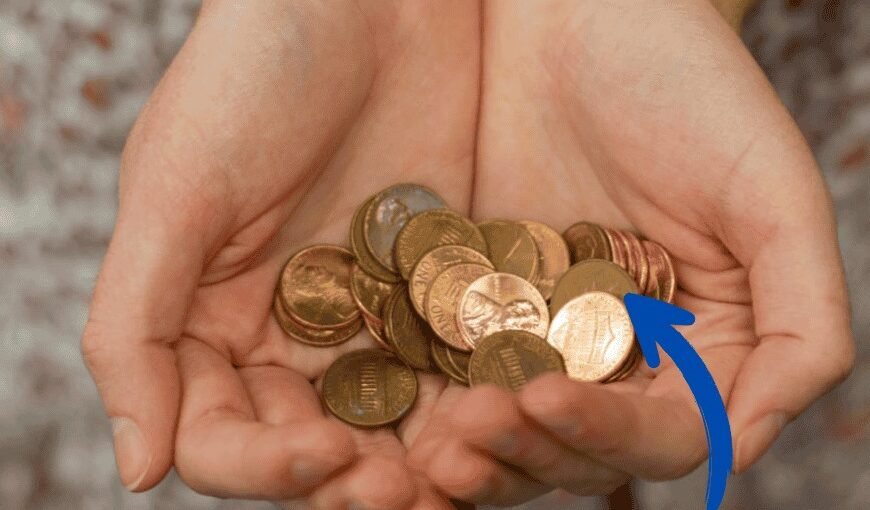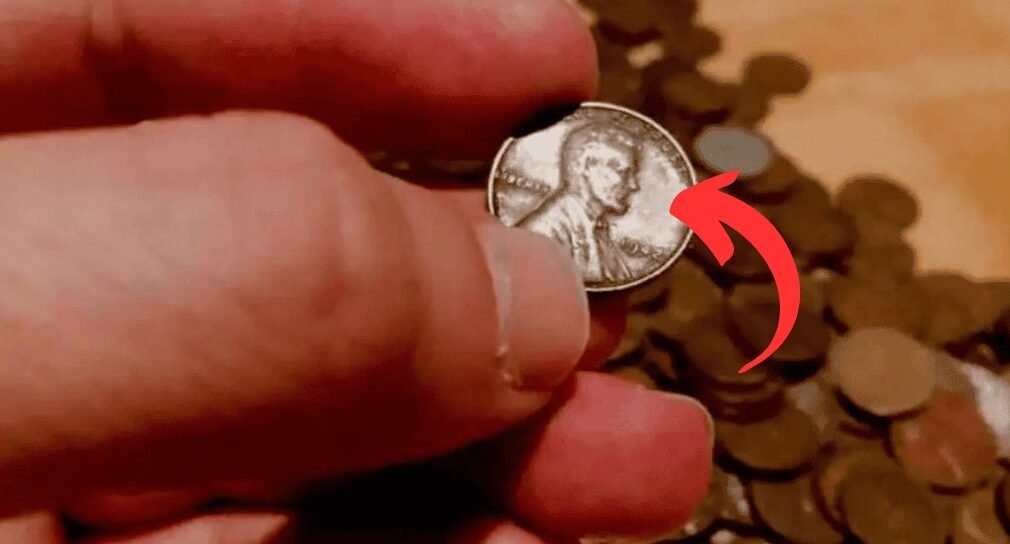The 1982-D Small Date Copper Penny Valued at $5.3 Million – In an age when most people wouldn’t bend down to pick up a penny off the ground, one exceptional coin is proving just how wrong that mindset can be. A recently authenticated 1982-D Small Date copper penny—a coin never intended to exist—has rocked the numismatic world with a jaw-dropping valuation of $5.3 million.
Even more exciting? Experts suggest that this one-of-a-kind treasure might not be alone. There could be more of these elusive coins quietly circulating in pockets, piggy banks, and old coin jars across the country.
The Penny That Was Never Supposed to Exist
To understand the magic behind this coin, we need to rewind to 1982. That year, the U.S. Mint transitioned from producing copper pennies (95% copper) to cheaper zinc-based coins, to cut costs. During this shift, the Mint issued seven different variations of pennies—including large date and small date versions in both copper and zinc, from both Philadelphia (no mintmark) and Denver (“D”) mints.
Here’s the kicker: the Denver Mint was only supposed to produce large date pennies in copper, and small date pennies in zinc. But somehow, against all odds, a small date copper penny from Denver slipped through the cracks.
One has been found. It was verified and weighed—confirming it was copper, not zinc—and is now valued at $5.3 million.
Why Is This Penny So Valuable?
Several unique factors combine to create this record-breaking price tag:
-
Accidental Rarity: This coin was minted by mistake. A small date die was used with a copper planchet in Denver—a combination never intended to happen.
-
Only One Verified Example: Just one 1982-D Small Date copper penny has been authenticated, making it arguably the rarest modern U.S. coin.
-
Transitional Coinage: Coins minted during changes in metal composition or design often become the holy grails of numismatics.
-
The “What If” Factor: The sheer possibility that more may exist adds excitement and sky-high speculative value.
How to Tell If You Have the Million-Dollar Penny
Don’t rush off to dump your coin jar just yet—here’s what to look for:
✅ Date & Design
-
The date should read 1982, and the numerals should match the small date style:
-
The “8” is level with the “1” and “2”.
-
The “2” has a more delicate curl at the bottom.
-
✅ Mint Mark
-
There must be a “D” mintmark under the date, indicating it was struck in Denver.
✅ Weight Check
-
Use a sensitive scale:
-
Copper pennies weigh about 3.11 grams.
-
Zinc pennies weigh around 2.5 grams.
-
If your 1982-D Small Date penny is over 3 grams, you might have hit the jackpot.
-
Important Tip: Never clean or polish the coin—it could reduce its value significantly. Store it safely and take it to a certified coin grading service like PCGS or NGC for authentication.
Also Read – The1807 Draped Bust Half Dollar Valued at $7.9 Million, Still in Circulation
The National Treasure Hunt Begins
Since news of the $5.3 million penny broke, Americans have become amateur treasure hunters overnight. Social media platforms are flooded with videos of penny-weighing experiments, and coin forums are buzzing with speculation.
Coin dealers across the U.S. are reporting increased traffic, with people bringing in bags of old change to be evaluated—hoping they’ve stumbled upon the elusive copper beauty.
Even casual collectors are starting to scan through their pocket change more carefully, especially those who inherited old coin jars or purchased unsorted penny rolls from banks.
Did You Know?
-
A zinc penny costs more to make than it’s worth—despite being a low-cost metal, manufacturing and distribution keep costs above one cent.
-
Over 10 billion pennies were minted in 1982, making the chances slim—but not impossible—of finding this error coin.
-
A similar penny, the 1943 copper Lincoln cent, has sold for over $1.7 million—proving that small coins can hold massive value.
FAQs: All About the 1982-D Copper Penny
Q: How do I weigh my pennies at home?
Use a jeweler’s scale with at least 0.01-gram accuracy. These are inexpensive and available online. Always weigh on a clean, level surface.
Q: What if my penny looks right but weighs under 3 grams?
It’s likely made of zinc. Only copper pennies will weigh around 3.11 grams. If it’s under 2.6 grams, it’s not the one you’re looking for.
Q: Can I find this penny in coin rolls from the bank?
Yes—coin roll hunting is a popular hobby. Many rare coins have been discovered in bank rolls, including wheat pennies, silver coins, and error cents.
Q: Where can I get my penny evaluated?
Check with certified grading services like Professional Coin Grading Service (PCGS) or Numismatic Guaranty Company (NGC). They can verify authenticity and grade the coin, which affects value.
Q: Why was the small date copper penny such a mistake?
The Mint had very specific combinations planned during the 1982 transition. Mixing a small date design with a copper planchet at the Denver Mint was never part of the official plan, making it an error of massive interest.
Final Thoughts: A Penny Saved Could Be a Fortune Earned
This isn’t just a cool story for coin collectors—it’s a lesson in staying curious, paying attention to detail, and never underestimating the smallest things in life. The 1982-D Small Date copper penny is more than a valuable coin—it’s a time capsule, a mistake turned masterpiece, and a reminder that history can live right in our hands.
So, the next time you empty your change on the counter, take a moment to look a little closer. You might just be holding one of the rarest pennies ever minted—and your ticket to millions.







